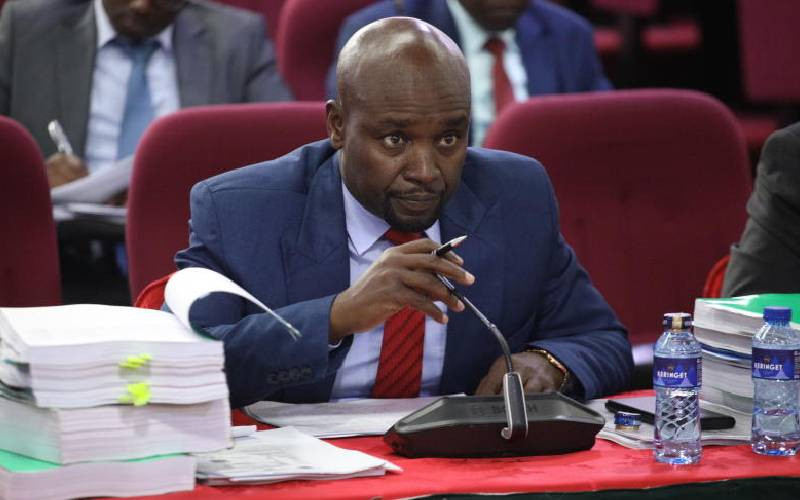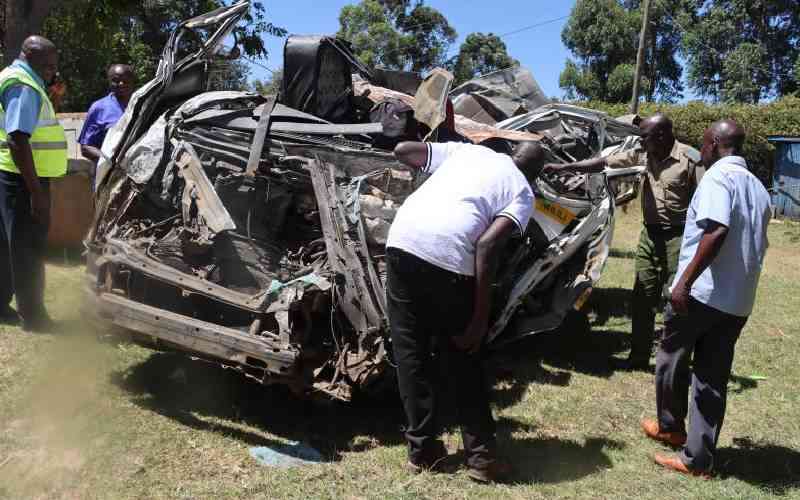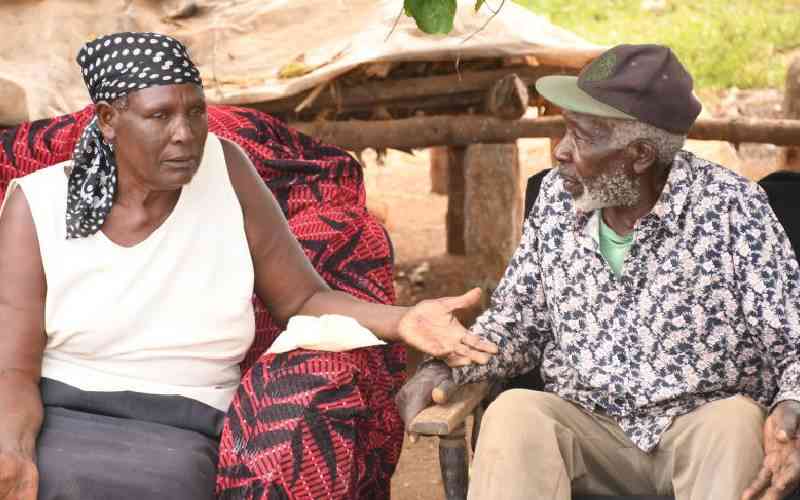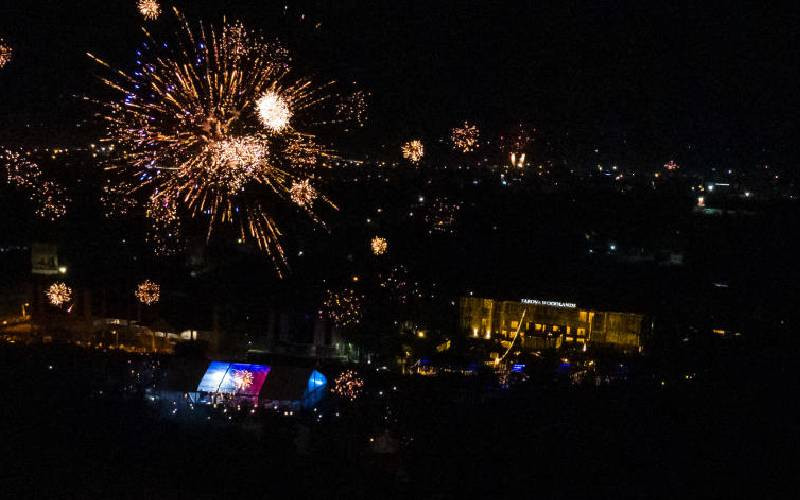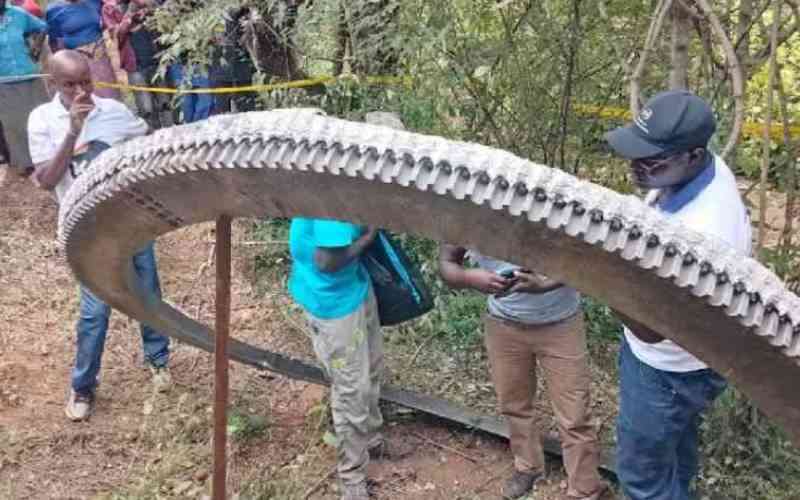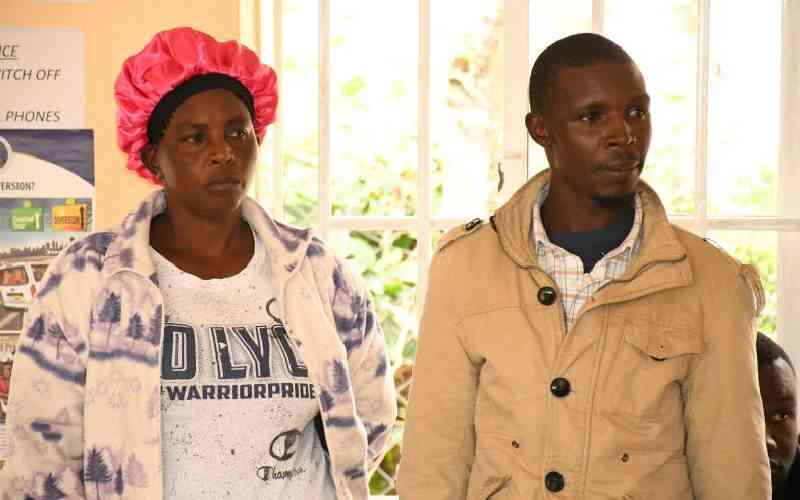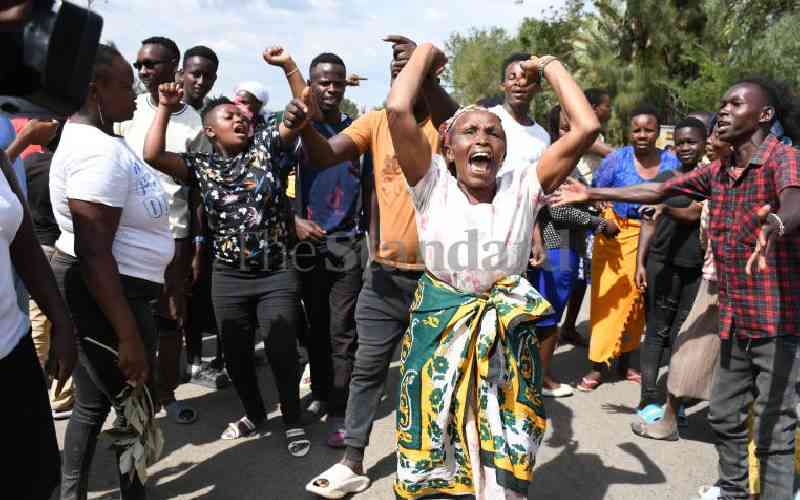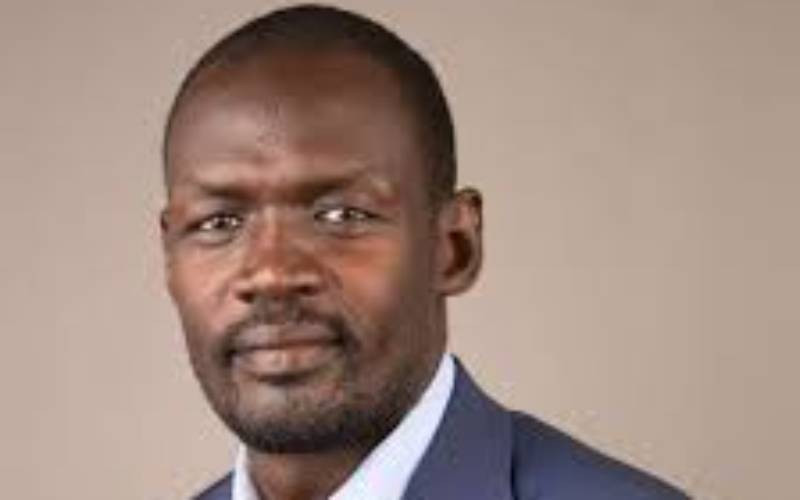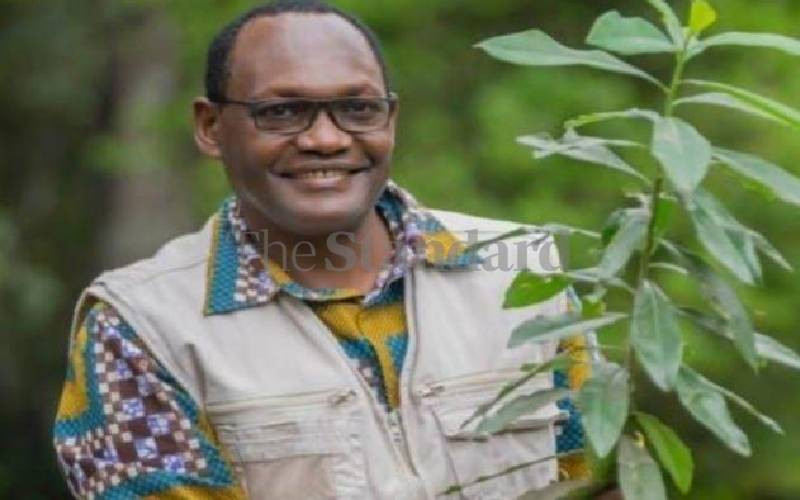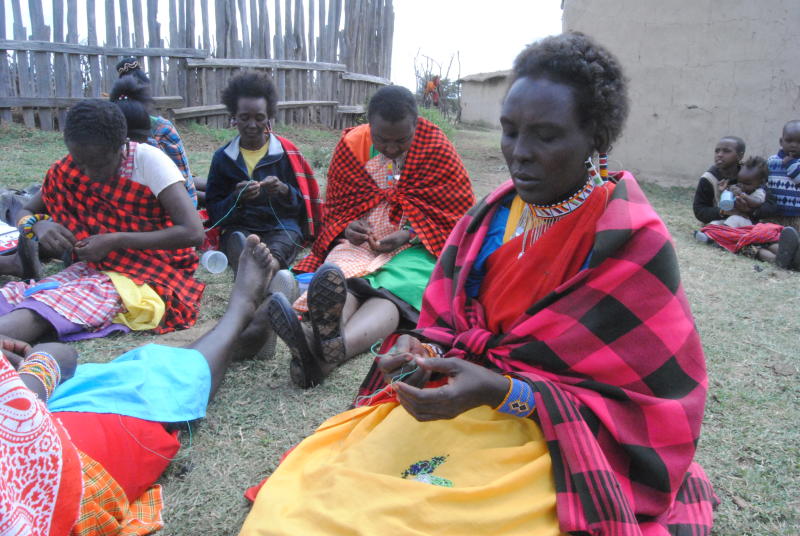
Did you know in the Maasai community beads have different meanings based on colour?
There is a likelihood that you could be wearing the wrong colour in public.
Among the Maasai, Samburu, Turkana and West Pokot communities, the multi-coloured beads worn around the neck, waist and head have a lot of significance.
Depending on the colours, the ornaments are worn on specific occasions, signify one’s status in the community and reveal other intimate details.
Nchake ole Lekanet, an elder, says the tiny blue beads, locally known as emonyorit, are associated with newly circumcised boys and are used to make the headgear.
The same colour is worn by elderly women around the neck and is usually gifted to them by their children.
Enkishili is a beautiful multi-coloured ornament dominated by white and red and is worn by the bride on her head during a marriage ceremony.
In the same ceremony, the groom adorns the same in what looks like a cross on his chest, and if his ears are pierced, he puts on earrings known as esegerwa, but the colours may vary.
Red symbolises bravery and strength. It also signifies unity.
Lekanet says the green beads represent the land, and orange/yellow symbolise hospitality.
Among the Samburu, black beads signify the hardships of the pastoralist lifestyle. It is this colour combined with white ones that a moran gives a girl to express his desire for her, and later on, places a necklace with red beads to show she is taken.
Single women should not wear the beaded flat necklaces with intertwined strings as this sends a message to men that you are already engaged.
A headband that has cowrie beads represents fertility, an indication that one is now a woman.
Jane Nampaso, the county coordinator of the Ushanga Initiative, says the Samburu, Maasai and Rendile communities have a rich bead culture that should be preserved.
“No ceremony is done in these pastoral communities without beads as part of the dressing,” she says.
 The Standard Group Plc is a multi-media organization with investments in media platforms spanning newspaper print
operations, television, radio broadcasting, digital and online services. The Standard Group is recognized as a
leading multi-media house in Kenya with a key influence in matters of national and international interest.
The Standard Group Plc is a multi-media organization with investments in media platforms spanning newspaper print
operations, television, radio broadcasting, digital and online services. The Standard Group is recognized as a
leading multi-media house in Kenya with a key influence in matters of national and international interest.

